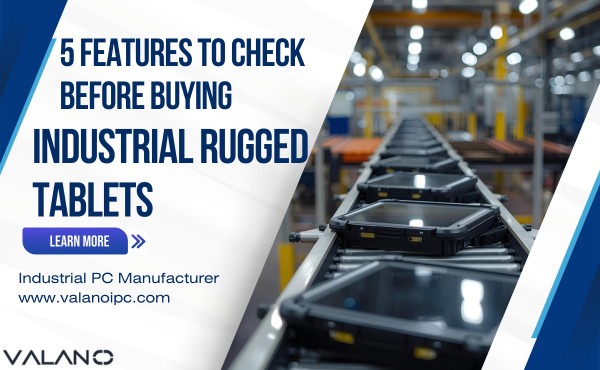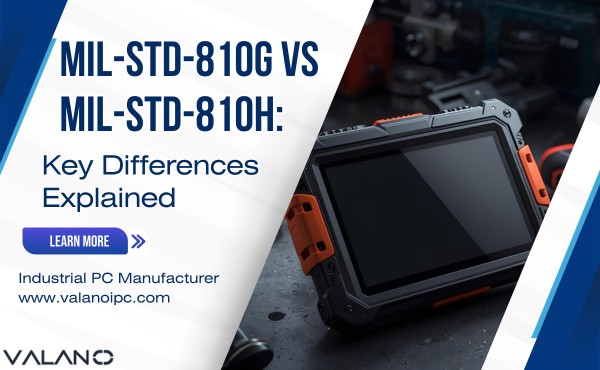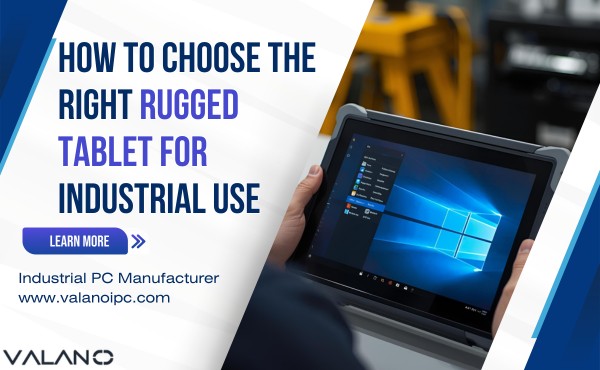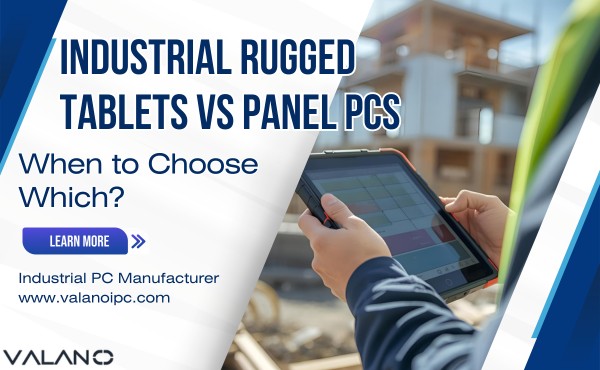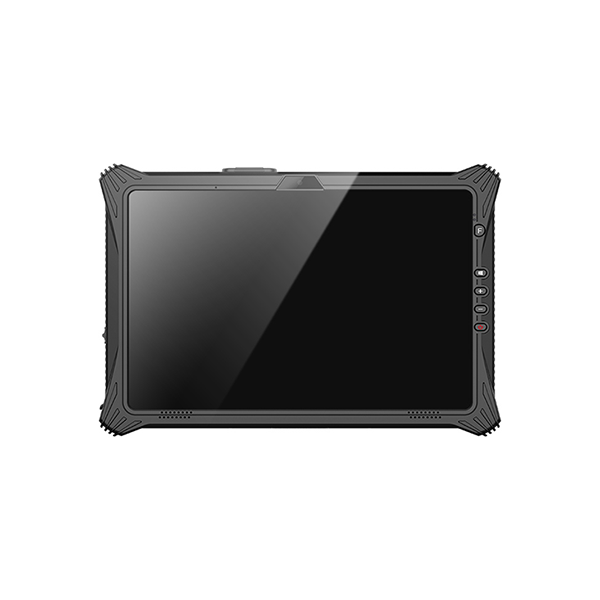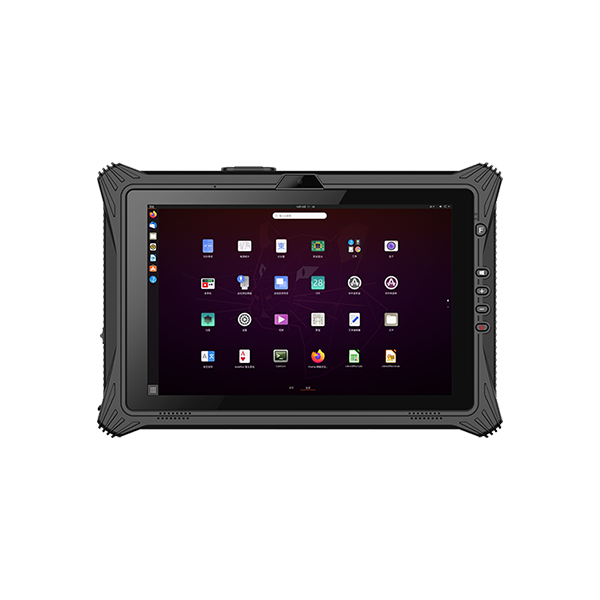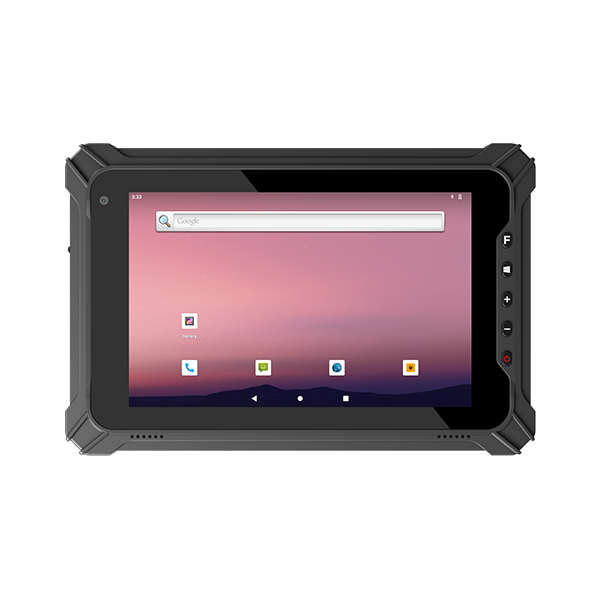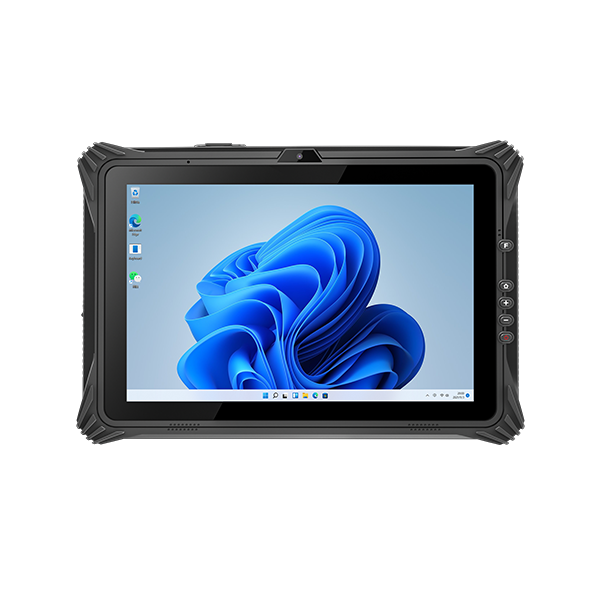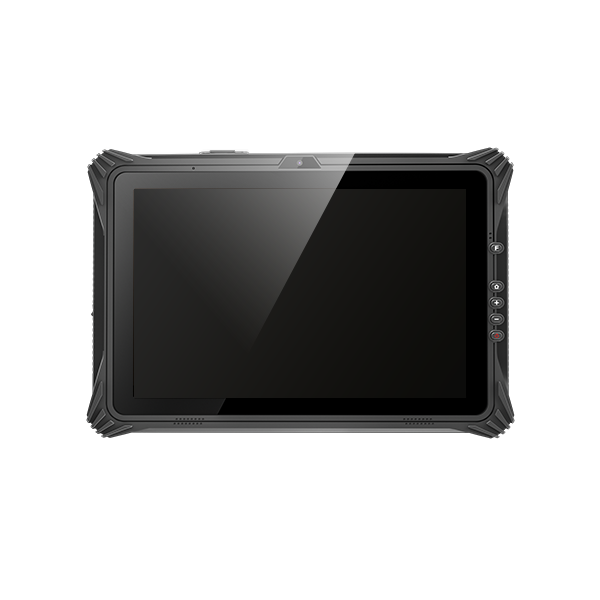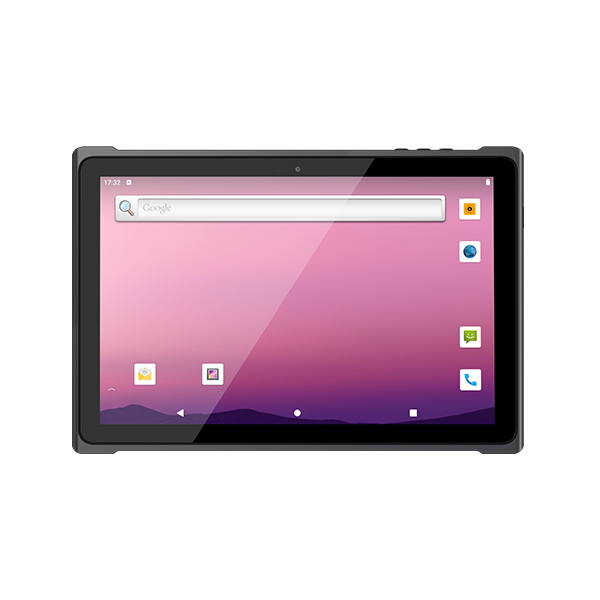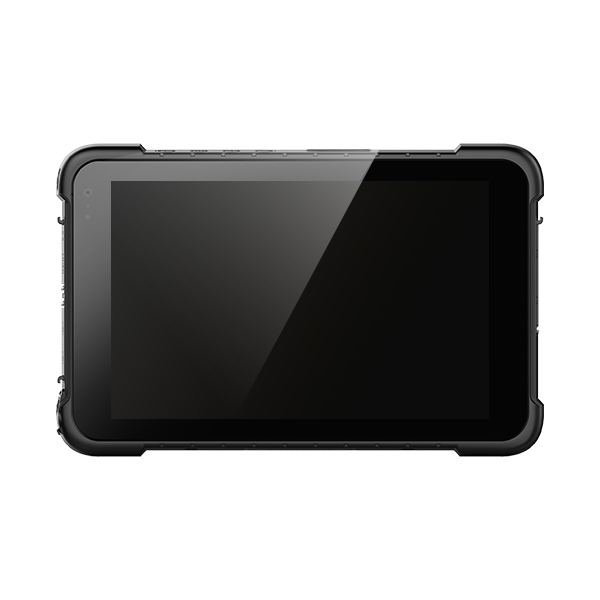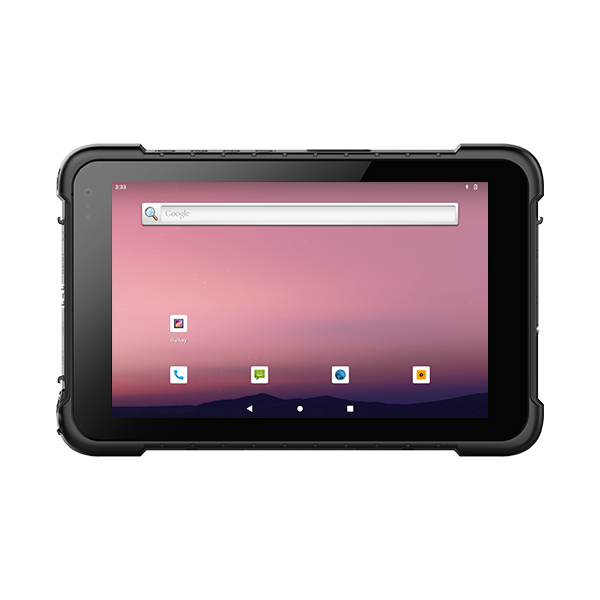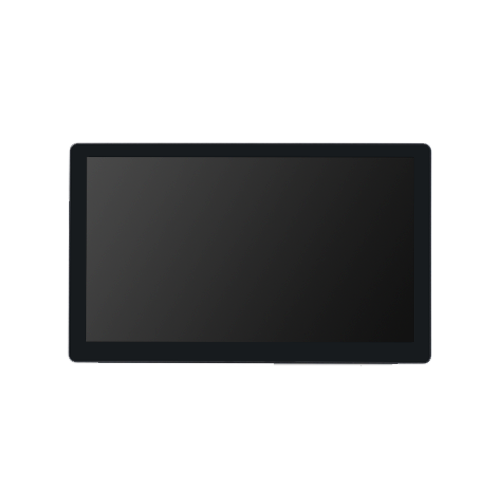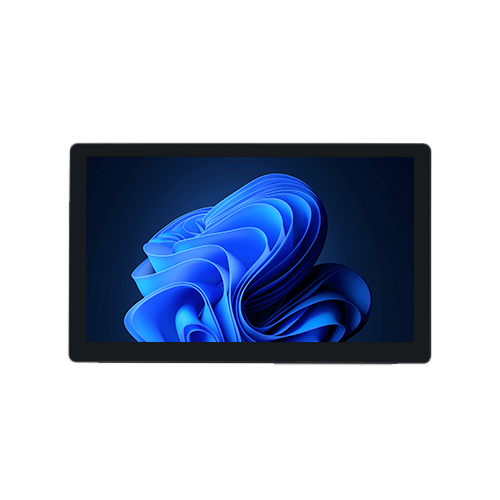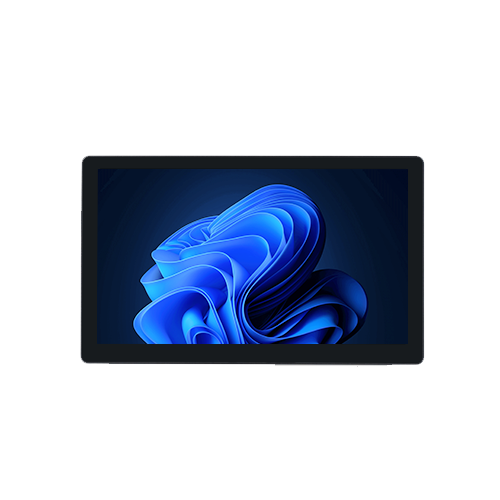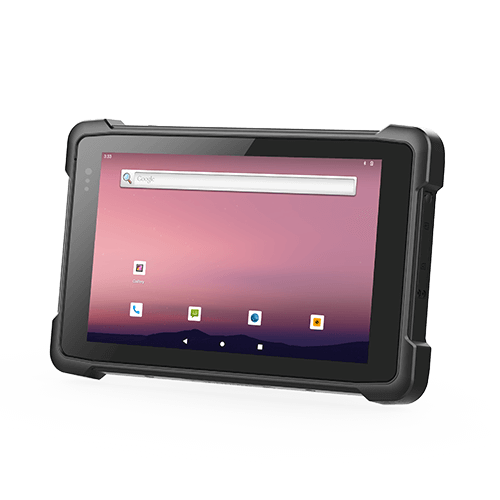Choosing the right Industrial Rugged Tablets is essential for maintaining reliability in demanding work environments. The right device improves productivity, reduces downtime, and ensures consistent performance under harsh conditions. By focusing on a few key features before purchasing, buyers can avoid costly mistakes and select tablets that truly match operational needs. This guide outlines the top five factors to check so you can make a confident, well-informed decision.
Durability & Ruggedness in Industrial Rugged Tablets
Rugged Tablet Design Standards
Durability stands as one of the key features when choosing industrial rugged tablets. Workers often use these devices in factories, warehouses, or outdoor sites. Drops, dust, and temperature changes can damage ordinary tablets, but rugged tablets offer high durability to withstand these challenges.
A durable tablet must have strong build quality. Manufacturers design these devices to meet strict standards. Many rugged tablets carry mil-std-810g certification, which means they pass tests for shock, vibration, and extreme temperatures. This certification shows the tablet can survive tough conditions.
IP65 Protection and Impact Resistance
The ip65 rating is another important mark of durability. Devices with this rating resist dust and water, making them suitable for wet or dirty environments. Workers can use these tablets in the rain or near machinery without worry.
Impact resistance also matters. Rugged tablets often have reinforced corners and tough screens. These features protect the device from drops and bumps, which happen often in the field.
A focus on durability and build quality ensures the tablet lasts longer and reduces repair costs. Choosing a rugged tablet with high durability helps companies avoid downtime and keeps workers productive.
Battery Life & Power Features
All-Day Battery Performance
Battery life stands as one of the key features for industrial rugged tablets. Workers in factories and outdoor sites need devices that last through long shifts. A tablet with short battery life can disrupt tasks and lower performance.
Many rugged tablets offer batteries that support all-day use. These devices often run for eight hours or more on a single charge. Reliable battery life helps workers stay productive and reduces downtime.
Power Options for Rugged Tablets
Industrial environments demand flexible power solutions. Hot-swappable batteries allow workers to replace batteries without shutting down the device. This feature keeps operations running smoothly and avoids interruptions.
Some rugged tablets include external charging docks or backup battery packs. These options provide extra power when workers need it most. A tablet with multiple power features adapts to different work settings and increases durability.
A table below shows common power options for rugged tablets:
| Power Feature | Benefit |
|---|---|
| Hot-swappable battery | No downtime during replacement |
| Charging dock | Quick and easy recharging |
| Backup battery pack | Extra power for long shifts |
Choosing a tablet with strong battery life and flexible power options ensures reliable performance in industrial settings. These features support continuous work and help companies avoid costly delays.
Display & Touchscreen Key Features
Screen Size and Brightness
Display readability stands as a top concern for industrial rugged tablets. Workers often use these devices in bright sunlight or dim warehouses. Outdoor-readable displays help users see information clearly in any lighting condition.
A high-resolution display provides sharp images and crisp text. This feature reduces eye strain and improves accuracy when reading data or viewing diagrams. Many rugged tablets offer adjustable brightness settings, which allow users to adapt the screen for indoor or outdoor use.
Screen size also matters. Larger screens make it easier to view complex charts or maps. Smaller screens offer better portability but may limit visibility. Users should choose a screen size that fits their tasks and workspaces.
Usability with Gloves or Wet Hands
Industrial workers often wear gloves or have wet hands. Standard touchscreens may not respond well in these situations. Touchscreen features designed for industrial use solve this problem.
Many rugged tablets include touchscreens that work with gloves or moisture. This feature allows workers to operate the device without removing gloves or drying their hands. It improves safety and efficiency on the job.
A table below highlights key features for industrial touchscreens:
| Touchscreen Feature | Benefit |
|---|---|
| Glove-friendly touch | Operate with gloves on |
| Wet touch support | Use with wet or damp hands |
| Multi-touch capability | Pinch, zoom, and swipe easily |
These touchscreen features help workers stay productive in challenging environments. Reliable touch response supports fast data entry and reduces frustration. Choosing a tablet with these features ensures smooth operation in any industrial setting.
Tablet Connectivity and Ports
Wireless and Wired Connections
Connectivity stands as one of the key features for industrial rugged tablets. Workers rely on wireless options like built-in wi-fi, LTE, and Bluetooth to access data and communicate in real time. These wireless options help teams stay connected in warehouses, factories, and outdoor sites.
Many rugged tablets also include a range of physical ports. USB, HDMI, and serial ports allow users to connect scanners, printers, and other devices. These tablet features support efficient scanning and quick data transfer.
The table below shows common connectivity options and their uses:
| Connectivity Option | Use Case |
|---|---|
| Built-in Wi-Fi | Access networks easily |
| LTE | Mobile data on the go |
| Bluetooth | Connect accessories |
| USB/HDMI/Serial | Link to equipment |
Integration with Industrial Systems
Compatibility with existing industrial equipment is essential. Industrial rugged tablets must work with barcode scanning systems, sensors, and control panels. Integration helps workers collect and share data without delays.
Many tablets support direct connection to barcode scanning devices. Efficient scanning improves workflow and reduces errors. Some rugged tablets also connect to legacy systems through specialized ports.
Strong connectivity and integration features increase productivity and reduce downtime. These tablet features help companies get the most value from their investment.
Performance & Software Compatibility
Hardware Requirements for Rugged Tablets
Performance stands as one of the key features for industrial rugged tablets. Workers need devices with a strong processor and enough memory to run industrial applications smoothly. Many rugged tablets use processors designed for fast data handling and multitasking.
A device with at least 4GB of RAM supports efficient scanning and quick response times. Storage space also matters. Tablets with larger storage can save more data and run complex software without lag.
Security features play a big role in hardware selection. Strong security features protect sensitive information and prevent unauthorized access. Many tablets include fingerprint readers or encryption tools to boost security.
Business Application Integration
Compatibility with business and industrial applications is essential. Rugged tablets must run software for barcode scanning, inventory management, and field reporting. Many devices support popular operating systems, which helps with integration.
Workers need tablets that connect easily to company networks and equipment. Good connectivity ensures smooth data transfer and real-time updates. Tablets with flexible software options adapt to different work environments.
Security remains important during integration. Devices must support secure connections and protect company data. Tablets with strong security features help companies meet industry standards.
A table below shows important features for business application integration:
| Feature | Benefit |
|---|---|
| Barcode scanning | Fast and accurate data entry |
| Software compatibility | Runs industrial applications |
| Security | Protects sensitive information |
| Connectivity | Links to company systems |
Choosing a tablet with high performance and strong compatibility supports efficient work in industrial settings.
Conclusion
A well-chosen set of features ensures that industrial rugged tablets deliver dependable performance in tough environments. Prioritizing durability, long battery life, clear display quality, strong connectivity, and reliable software compatibility helps companies reduce downtime and support efficient daily operations. By evaluating these core factors before purchasing, buyers can invest with confidence and select tablets that provide long-term value in demanding industrial workflows.





